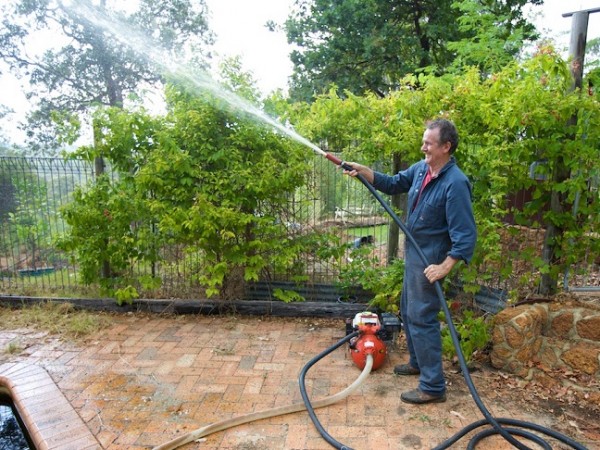05
Oct

Given that our country is expected to be hit harder by climate change than the rest of the world, with high temperatures, it’s needless to say we can expect a rise in droughts and the dangerous bushfires. If we thought we had enough fires up to now, imagine what’s expected to follow. And then there’s the rise in storms, that leads to a rise in floods.
This makes me come to the conclusion if we thought fire fighting pumps were essential to households, and industries, previously, we can bet they’d become a basic need in the years to come in terms of safety.
This doesn’t just apply for other chores such as gardening, pressure washing, and irrigation, which is why it’s important that we all have the knowledge in how these power tools work, the system as a whole, and how to best maintain them to prolong their longevity.
Since the pump is at the very core of a pumping system, it’s important that it never fails because it could put safety in jeopardy, and that makes constant care required.
There’s weekly inspection, and testing, monthyl, and then there’s annual like the flow test, so to be on the safe side, without breaching any laws and regulations, it’s best to entrust this to a person qualified for the job (for instance an FM global engineer).
Since there are different types of fire fighting pumps, that have different properties, and operations, you can expect there to be different check up systems. What works for the diesel, or petrol pumps, may not work for the electrical.
From the weekly checks, the focus is going to be on valves, and the piping, whether the suction is in order, the valves are open (and in most cases locked), and the piping has no leaking spots.
Though the start up system can be manually operated, it’s usually the automatic that’s mostly used and needed in emergencies, which is why it’s crucial to check and see if it functions properly.
Not only would you check the starting devices meanwhile, but the pumps operation itself, or more specifically the engines, by running them for some minutes (half an hour for diesel, 10 minutes for electric). Speaking of engines, the diesel engine has to be clean at all times so it can run smoothly. Also, check if the batteries and the charger are operating as they should, and instances of corrosion monthly.
Other components of pumps and the pumping system, such as the pump controller, pressure relief, cooling, water supply, and pump room temperature also have to be looked into. While the controller has to be in automatic start mode, the pressure relief valves not letting water through, there should be neither overheating with the casing and bearings, nor more vibration than normal.
As for the water supply, you must make sure weather doesn’t take its toll: dry weather can reduce the water supply, cold weather can cut the suction source and supply lines of the needed operating heat.
Speaking of heat, the pump room minimum temperature has to be at least 4º C, while for internal combustion engines 21º C, and unless you provide that temperature, you’d be better off getting a lubricating oil heater so that temperature could be maintained above 21º C.
To ensure everything is done properly, it’s best filling up a pump test form, noting all the properties of the pump (type, manufacturer, model number, year of installation, psi/gpm, and RPM rating). Every detail matters as it’s to do with safety.